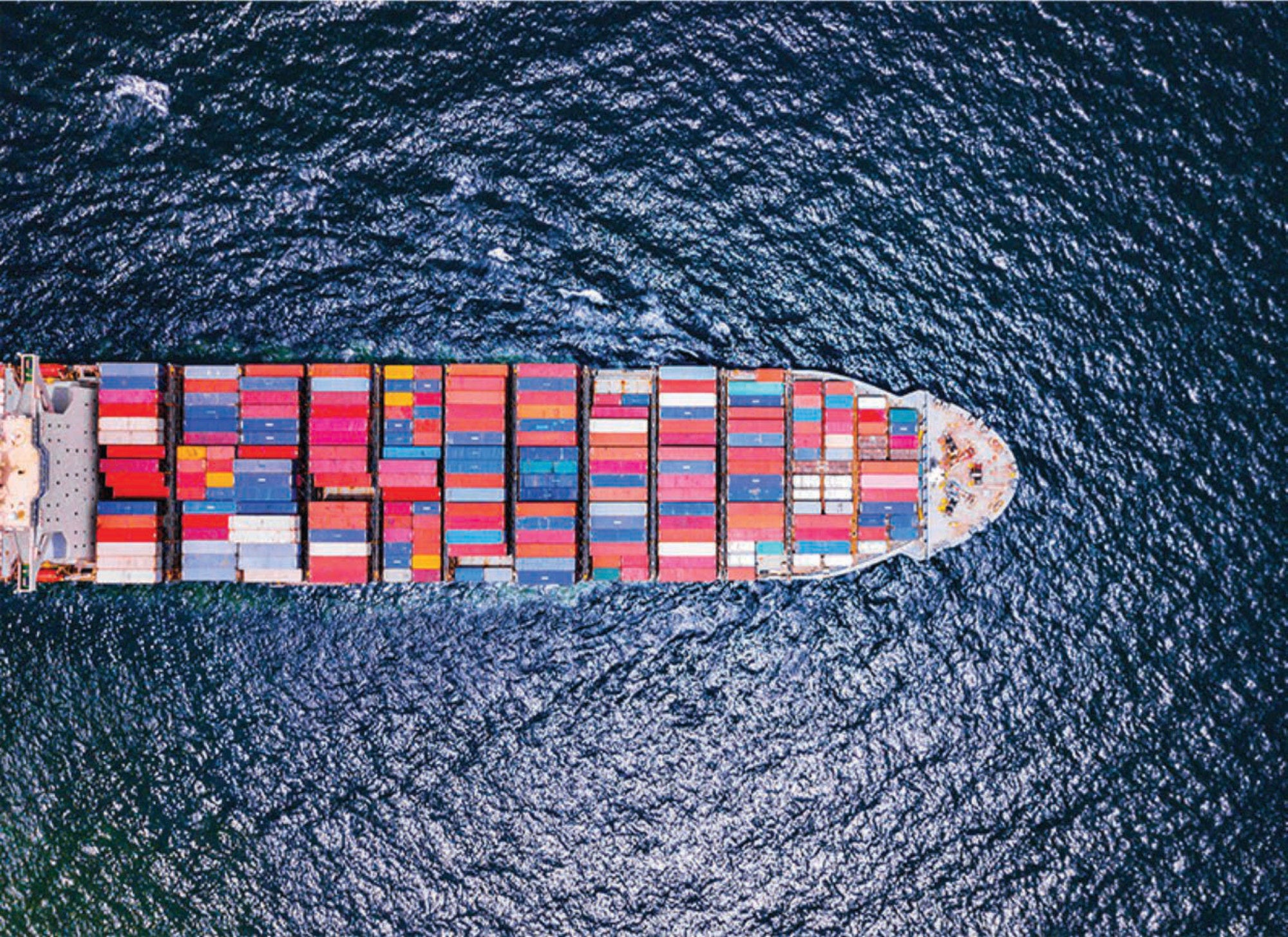Illicit trade in counterfeit and pirated goods1 is a growing and significant problem. Globalisation opens up new opportunities for criminal networks to expand the scope and scale of their operations in illicit trade in such goods. These issues need to be addressed, as trade in fakes is a significant risk that undermines good governance, the rule of law and citizens’ trust in government, and can ultimately threaten political stability.
In order to improve the factual understanding of counterfeit and pirated trade and provide evidence for policymakers to formulate policies, the OECD and the European Union Intellectual Property Office (EUIPO) together carried out a series of comprehensive economic assessments of the problem. Their latest study has found that imports of counterfeit and pirated goods amounted to up to USD 509 billion in 2016, or around 3.3% of global trade (OECD/EUIPO, 2019).
The studies have explored how counterfeiters operate, showing that the decision of a party to engage in the illegal production of counterfeit or pirated goods involves determinations of: i) what products will be counterfeited or pirated; ii) where the products will be produced; iii) where the infringement will take place; iv) what geographic markets will be targeted; and v) how products will be shipped to end markets without being intercepted.
Regarding transport modes (point v), the process of transporting and distributing products internationally involves a number of business entities, including transport operators. The operators include small parcel shippers such as express courier companies and postal services, rail and truck carriers, air cargo companies and seaborne vessels (including containerships) (ICC, 2015). Transport operators are essential in supporting international trade, playing a major role in the supply chain and the transportation of genuine goods, and, counterfeits (ICC, 2015).
The OECD/EUIPO work has provided empirical evidence and identified the policy gaps related to the misuse of small parcels, shipped either by postal or courier services, in the global trade of fake goods (OECD/EUIPO, 2018b). This new report complements the research in this area by providing empirical evidence about the misuse of container ships in trade in counterfeits, and about the governance and economic drivers as well as policy gaps that enable them.
As noted in previous OECD/EUIPO studies, a high percentage of the global value of trade in genuine goods is conducted via seaborne vessels. However, the United Nations Office on Drugs and Crime (UNODC) also noted that less than 2% of this amount is inspected (UNODC, 2018). This results in significant opportunities for criminal networks to abuse this critical supply chain channel, at low risk. Counterfeiters have been quick to exploit opportunities in this regard. According to an OECD/EUIPO (2019) report, only 10% of the number of seizures made by customs authorities worldwide between 2014 and 2016 concerned sea/vessels, but they carried 56% of the total value of the seizures.
To combat the illicit trade, a number of risk-assessment and targeting methods have been adapted for containerized shipping, and customs administrations have robust policies in place to target illicit containerized trade of narcotics, hazardous and prohibited goods. However, it appears that the illicit trade in counterfeits has not been a high priority for customs as shipments of counterfeits are commonly perceived as “commercial trade infractions” rather than criminal activity.
Consequently, existing enforcement efforts may not be tailored adequately to respond to counterfeiting. Customs may not check for counterfeits with the same scrutiny as other illicit goods. Freight forwarders, carriers and shipping companies may also not have the right systems in place to implement anti-piracy policies to identify exporters and importers of fakes. Due to the relatively low-priority given to gathering intelligence and information on counterfeit shipping methods, counterfeits remain “low risk and high reward” for opportunistic criminal networks. The second part of the analysis will focus on policies for action aim to address these gaps.
The following tailored qualitative and quantitative analyses aim to deepen understanding of the drivers and motives of counterfeiters and pirates to misuse maritime transport to facilitate their illicit operations. The quantitative part establishes links between the intensity of trade in counterfeit goods via container ships from a given economy (origin and transit) and indicators on the quality of the maritime infrastructure, logistic facilities, and relevant economic and governance measures for the ports concerned.
